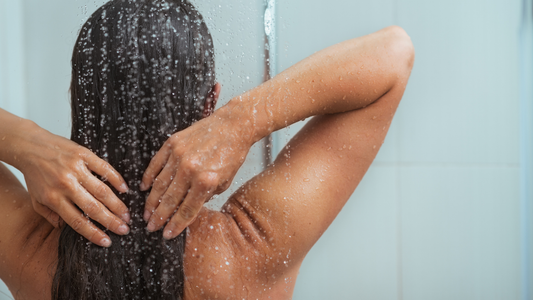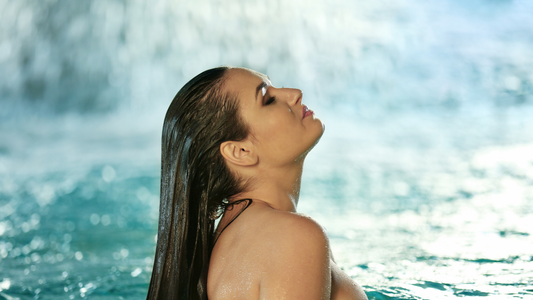For individuals with sensitive scalps, the thought of applying a keratin treatment like Kera Mane Keratin Hair Treatment may be daunting due to potential scalp irritation. However, with the right strategies and precautions, you can still enjoy the benefits of smoother, straighter hair without discomfort. This guide provides detailed advice on how to apply keratin treatments comfortably and safely for those with sensitive scalps, ensuring an effective and irritation-free experience.
Understanding Scalp Sensitivity and Keratin Treatments
Scalp sensitivity can be caused by various factors including skin conditions like psoriasis or eczema, frequent use of harsh chemical products, or genetic predispositions. Keratin treatments, although primarily applied to the hair, can sometimes affect the scalp, especially if not applied properly or if the formulation isn’t suited for sensitive skin.
Pre-Treatment Preparations
1. Choose the Right Formula:
- Formaldehyde-Free: Ensure that the keratin treatment is formaldehyde-free. Kera Mane Keratin Hair Treatment is an excellent choice as it is designed to be safe and gentle, minimizing potential irritation for those with sensitive scalps.
- Patch Test: Always perform a patch test at least 48 hours before applying the treatment. Apply a small amount of the product to a discreet area on your scalp to see if there is any adverse reaction.
2. Scalp Barrier:
- Protective Barrier: Consider applying a petroleum jelly or a specific scalp protectant around the hairline and over the ears. This barrier can help prevent the treatment from coming into direct contact with sensitive areas of the scalp.
During the Application
1. Application Technique:
- Avoid Direct Scalp Contact: When applying the keratin treatment, start a few centimeters away from the scalp. This technique helps to reduce the risk of the product irritating the scalp while still treating the full length of the hair.
- Use Tools: Apply the treatment with a brush for more controlled and precise application, ensuring the product only goes where it is needed.
2. Ventilation:
- Well-Ventilated Area: Perform the treatment in a well-ventilated area. Good air circulation helps to dissipate any fumes or vapors that could irritate the scalp or respiratory system.
Post-Application Care
1. Soothing Scalp Treatments:
- Gentle Shampoos: After the waiting period for washing your hair post-keratin treatment, use a gentle, sulfate-free shampoo that is formulated for sensitive scalps.
- Soothing Serums and Oils: Apply soothing scalp serums or natural oils like coconut oil or argan oil to help calm any irritation and provide moisture to the scalp.
2. Monitoring:
- Watch for Reactions: In the days following your treatment, monitor your scalp for any signs of irritation or discomfort. If irritation persists, consult with a dermatologist.
Tips for Ongoing Scalp Health
- Regular Scalp Care: Incorporate regular scalp treatments into your routine, such as exfoliating scrubs or masks specifically designed for sensitive scalps. These can help remove build-up and soothe irritation.
- Hydration: Keep your scalp hydrated by drinking plenty of water and maintaining a diet rich in omega-3 fatty acids, which can help nourish the skin from the inside.
Conclusion
By following these strategies, individuals with sensitive scalps can successfully undergo keratin treatments like Kera Mane without fear of irritation. Careful preparation, proper application techniques, and suitable aftercare can make a significant difference in your comfort and the overall success of your treatment. Enjoy the transformative benefits of keratin with peace of mind, knowing you've taken the right steps to protect your sensitive scalp.




